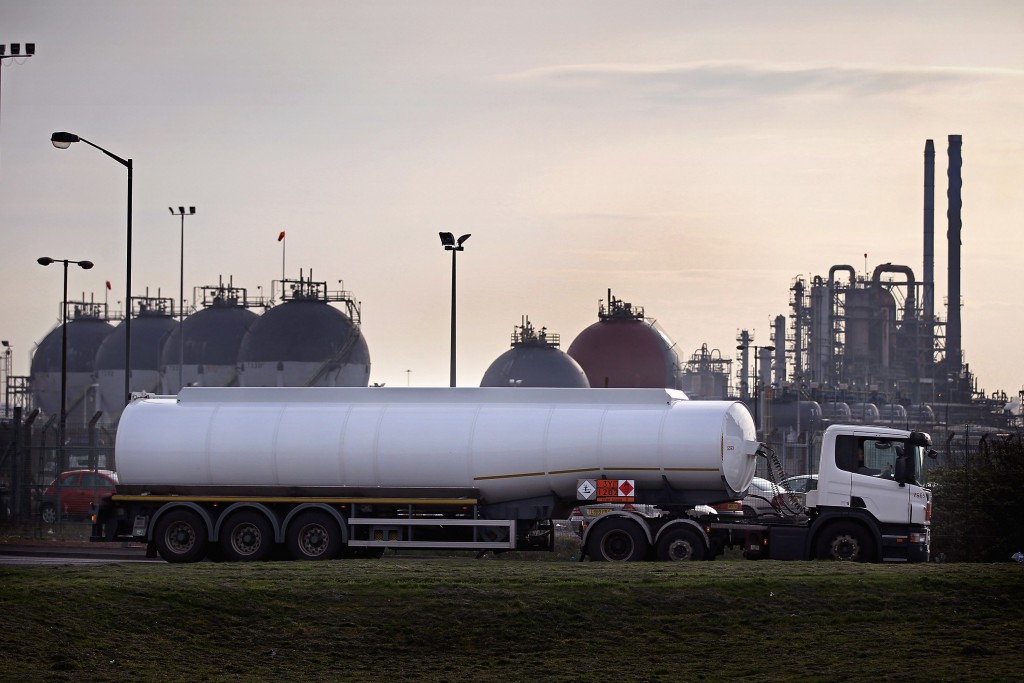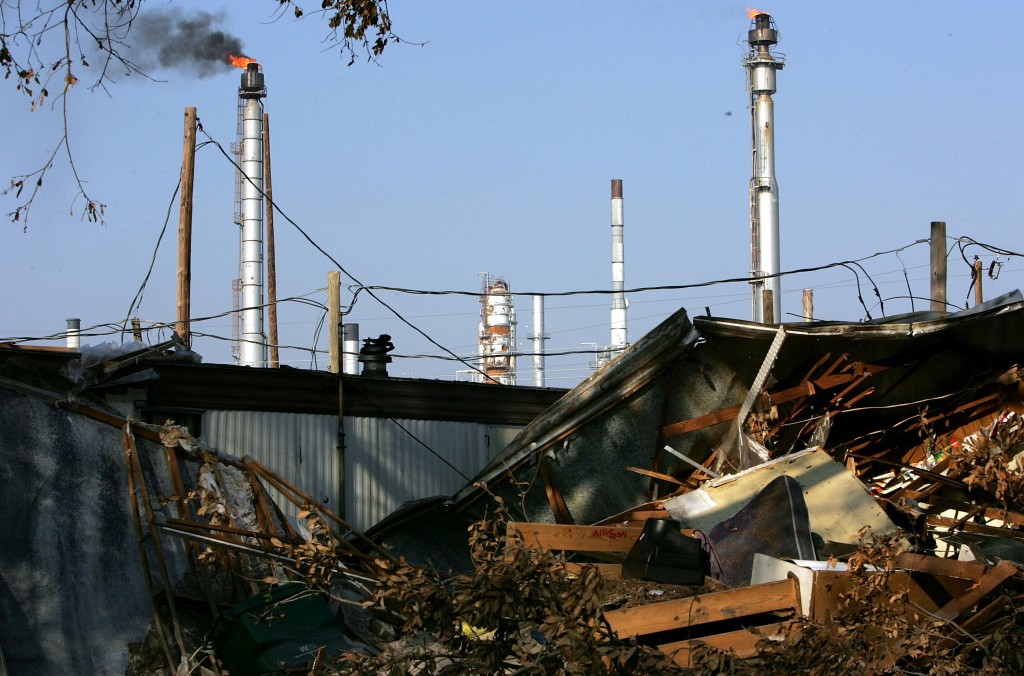When you head out for your Memorial Day drive, consider the current price of gasoline – the U.S. average retail price of $2.30 a gallon, which the U.S. Energy Information Administration (EIA) says is 47 cents lower than at the same time last year and the lowest average price just before a Memorial Day weekend… Keep reading →
Economic Impacts
Sign up and get Breaking Energy news in your inbox.
We will never sell or share your information without your consent. See our privacy policy.When Congress and the president acted late last year to end the decades-old ban on domestic crude oil exports, Washington showed it could generate the consensus to update energy policy so it matches America’s new energy reality, a reality of abundance created by surging domestic oil production. The same kind of change is needed on… Keep reading →
Three Ways the Clean Power Plan Won’t Be Overturned…And Why They Still Matter
By Walter Dunn, Will Le, James Wiltraut, Jr. | Buchanan Ingersoll & Rooney PCNERA Economic Consulting has a new study warning of potentially dire economic impacts from continued implementation of the Renewable Fuel Standard (RFS), as written into law by Congress. NERA set up its study that way for good reasons: Despite abundant evidence that RFS mandates for ever-increasing ethanol use in the nation’s fuel supply are detached… Keep reading →
EPA And Ozone: Questioning The Economics, Science
By Energy Tomorrow BlogAnother data point in the continuing public discussion of EPA’s plan to make the nation’s standards for ozone more restrictive, even as the existing standards have ozone levels falling 18 percent from 2000 to 2013 (chart below) – and giving every indication levels will continue to fall. A new study by the Center for Regulatory… Keep reading →
Briefing: The Potential Downsides of EPA’s Ozone Proposal
By Energy Tomorrow BlogWe’ve written quite a bit recently about EPA’s proposal to impose stricter ozone standards on the U.S. (see here, here and here) – and the reason is there’s so much at stake. If implemented, the stricter ozone standards could be the costliest regulation ever, potentially reducing U.S. GDP by $270 billion per year and $3.4… Keep reading →





